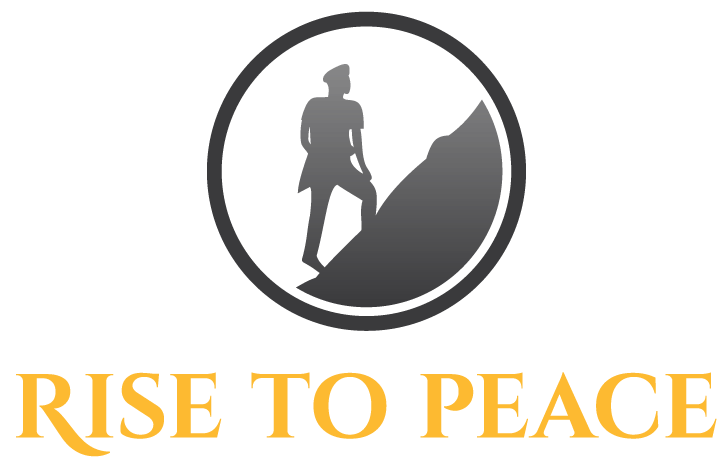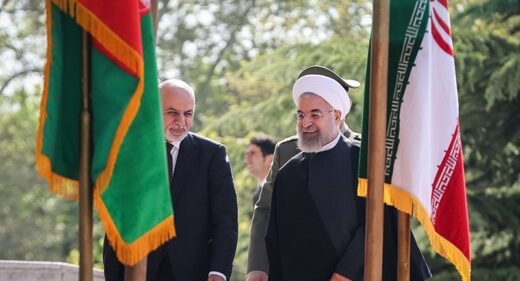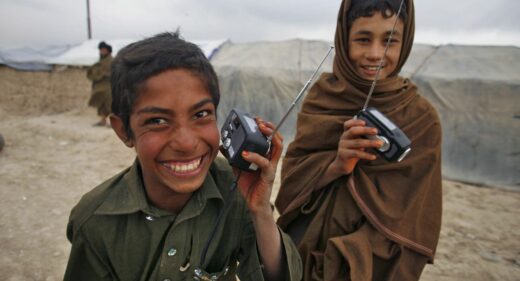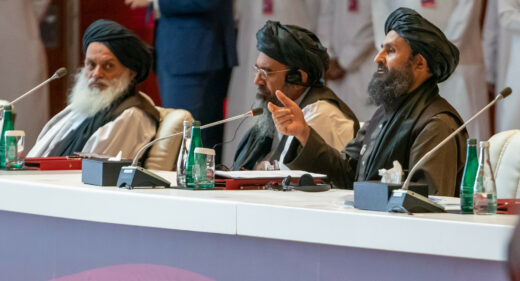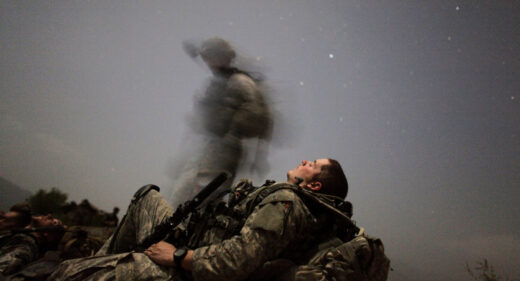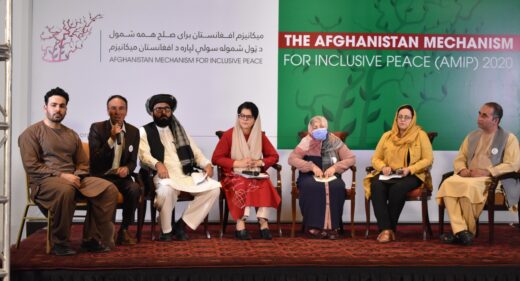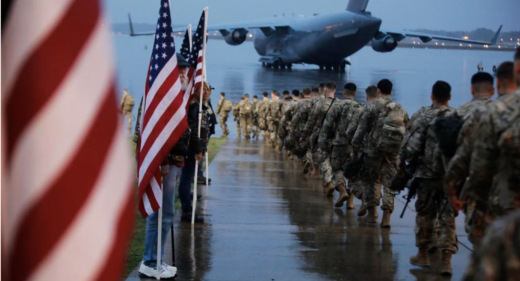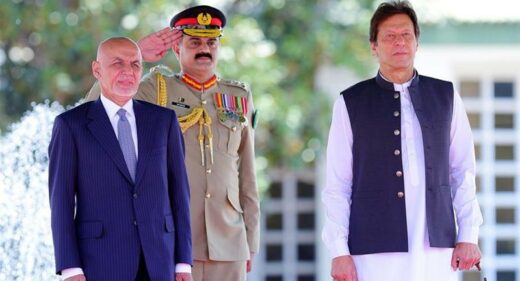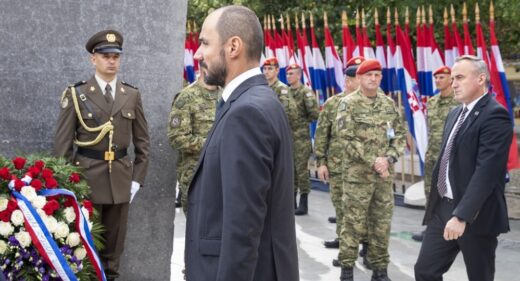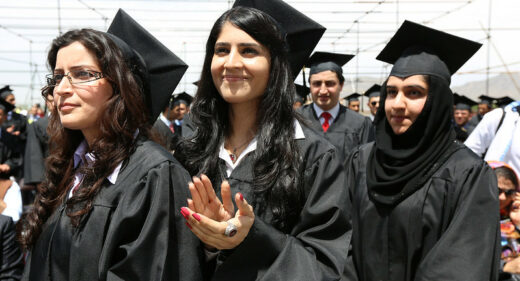The Afghan Peace Process involves not only the parties at the negotiation table, but also regional outside actors. Iran is recognized to be an actor with, “Enormous capacity to help or hinder the political stability of its neighbors and, thus, advance or retard U.S. interests in the Middle East.” This article will look into Iran’s involvement in the Afghan Peace Process and what exactly Iran wants.
Iranian Objectives
Firstly, Iran seeks a greater influence in Kabul so they can increase their power in the region. Researchers mention, “The U.S. drawdown from Afghanistan may lead to greater instability and a vacuum in that country. The Islamic Republic of Iran, one the most powerful regional actors in Afghanistan, is poised to exercise substantial influence there after the U.S. drawdown.”
Secondly, Iran wants economic development. The economic sanctions from the United States towards Iran affects Iran’s oil industry and development in the country. Many Iranians are also dependent on the water from the Helmand River.
Thirdly, Iran wants a stable Afghanistan as instability creates a threat of terrorism in Iran. Iran supported the American-led invasion against the Taliban and local communities in the eastern part of the country have been targeted by the Taliban.
Fourthly, Iran has close ties with the Taliban. Iran has assisted the Taliban’s with weapons, conducting military training, but also top Taliban leaders have traveled to Tehran for consultation. It is also reported that Iran paid bounties to the Taliban to conduct attacks on American and coalition troops.
Iran-Afghan Government relationship
In July, the Iranian and Afghan governments signed an agreement for “comprehensive cooperation” in the economic, cultural, educational, and security sectors.Afghanistan will “back down” from its position over the contested Helmand waters in return.
Another Iranian interest is the Afghan population with between one to three million living as refugees in Iran. After Pakistan, Iran hosts the most Afghan refugees. Therefore, it is important for Iran to maintain good ties with the Afghan government for a successful peace process.
Iran-Taliban relationship
At the same time, Iran also keeps close ties with the Taliban.Iran and the Taliban have been fighting the same enemy— the Islamic State Khorasan Province — who has gained strength in Western Afghanistan. This development compels closer cooperation and this cooperation is further entrenched as they both share the United States as a common enemy.
Moreover, there are potential limitations of the relationship between Iran and the Taliban. It is argued by the European Eye on Radicalization (EER) that most of the top Taliban leaders have stronger ties with Pakistan. Pakistan has attempted to get Taliban leaders closer to Islamabad and away from Tehran due to competing interests in Afghanistan. It is demonstrated that the negotiations between the Taliban and the United States have harmed Iranian economic interests.For instance, economic sanctions have had a strong effect on the oil industry. It has also been reported that Iran actively attempts to sabotage the ongoing negotiation efforts, especially with the Taliban faction Hezb-e Walayat-e Islami, which are based in Iran.
Conclusion
Even though Iran tries to keep good relationships with both the Taliban and the Afghan government, an unstable Afghanistan would have negative effects on security on Iran’s eastern border, development, and the economy. Matters of water resources and drug smuggling are included in these areas, too.
Reports state that Iran is, “Keen to maintain a favorable balance of power in post-American Afghanistan.” It is also argued, for the ongoing Intra-Afghan talks, that:
“Iran will in all likelihood continue on its current course of openly supporting the Afghan government while encouraging intra-Afghan talks and maintaining its ties to the Taliban to keep its options open as the United States prepares to withdraw. Ultimately, Tehran would prefer that Afghanistan maintain its status as a republic as it limits the influence that other states including Pakistan and Saudi Arabia—Iran’s regional rival—can exert on Kabul, and creates a more favorable environment for Iran to protect its own interests in Afghanistan”.
From an outside perspective, it seems that Iran primarily looks after their own interests so that they can increase their regional influence. The Taliban tries to have close cooperation with Iran and this is seen as favorable from Tehran, especially in consultations with top insurgent leaders.Iran has also conducted meetings with the U.S and Afghan government and in that way Iran emerges as an important actor. For now, this is a good position to have during the intra-Afghan talks, but it will be interesting to see how they can maintain relationships with both actors during the negotiations.
